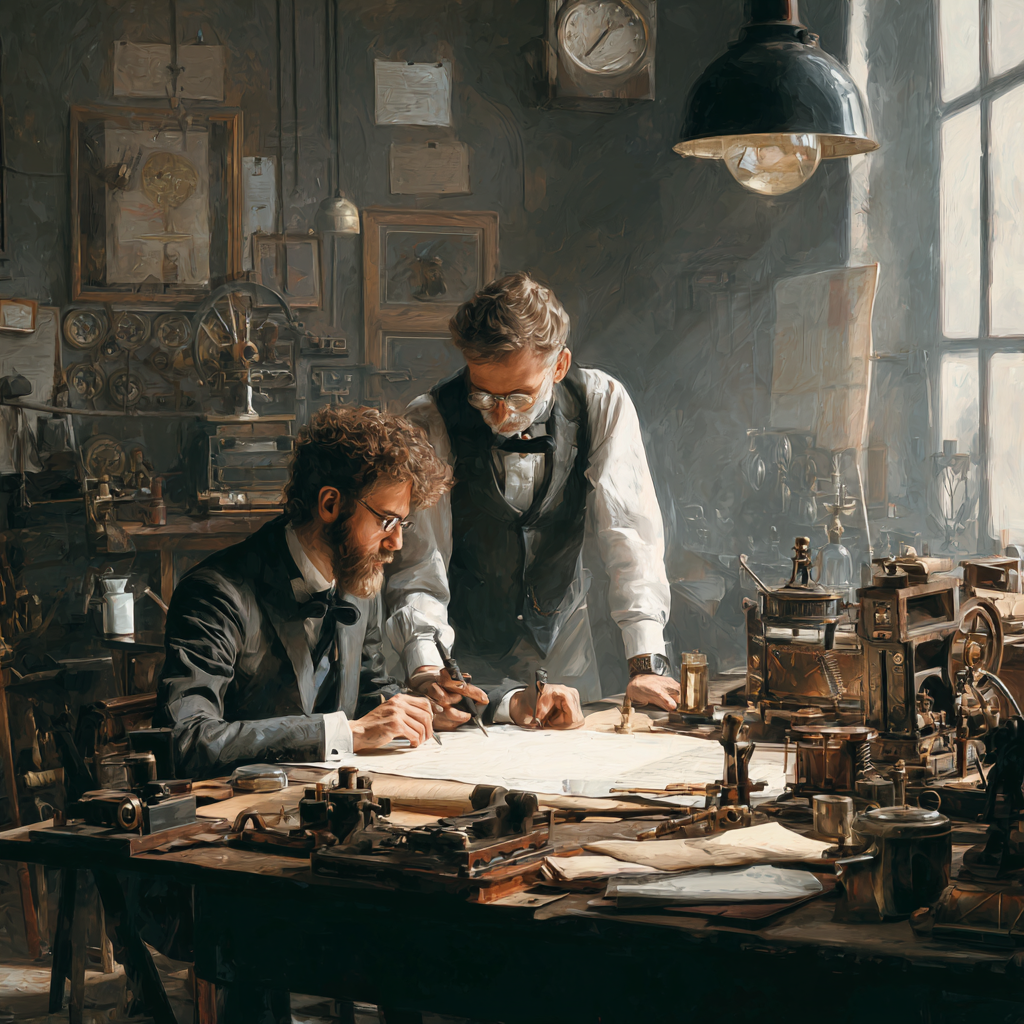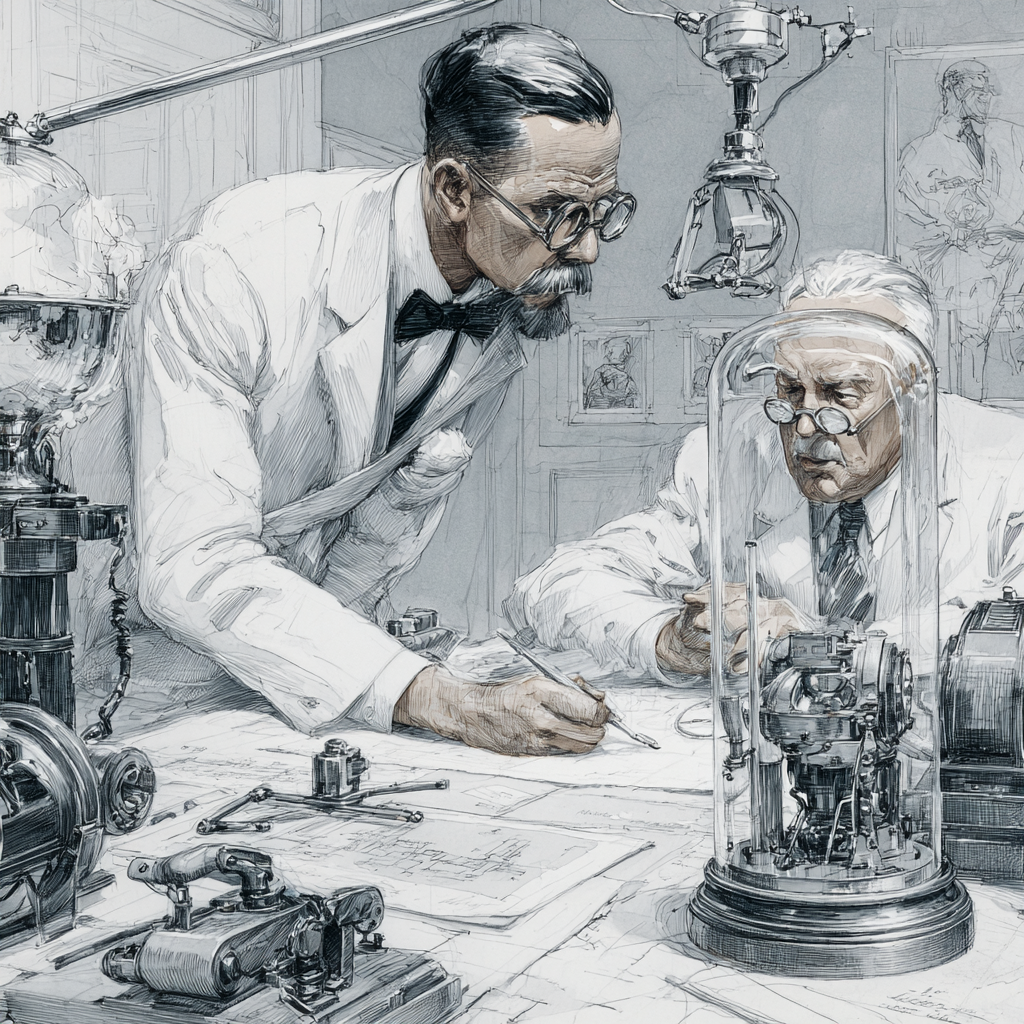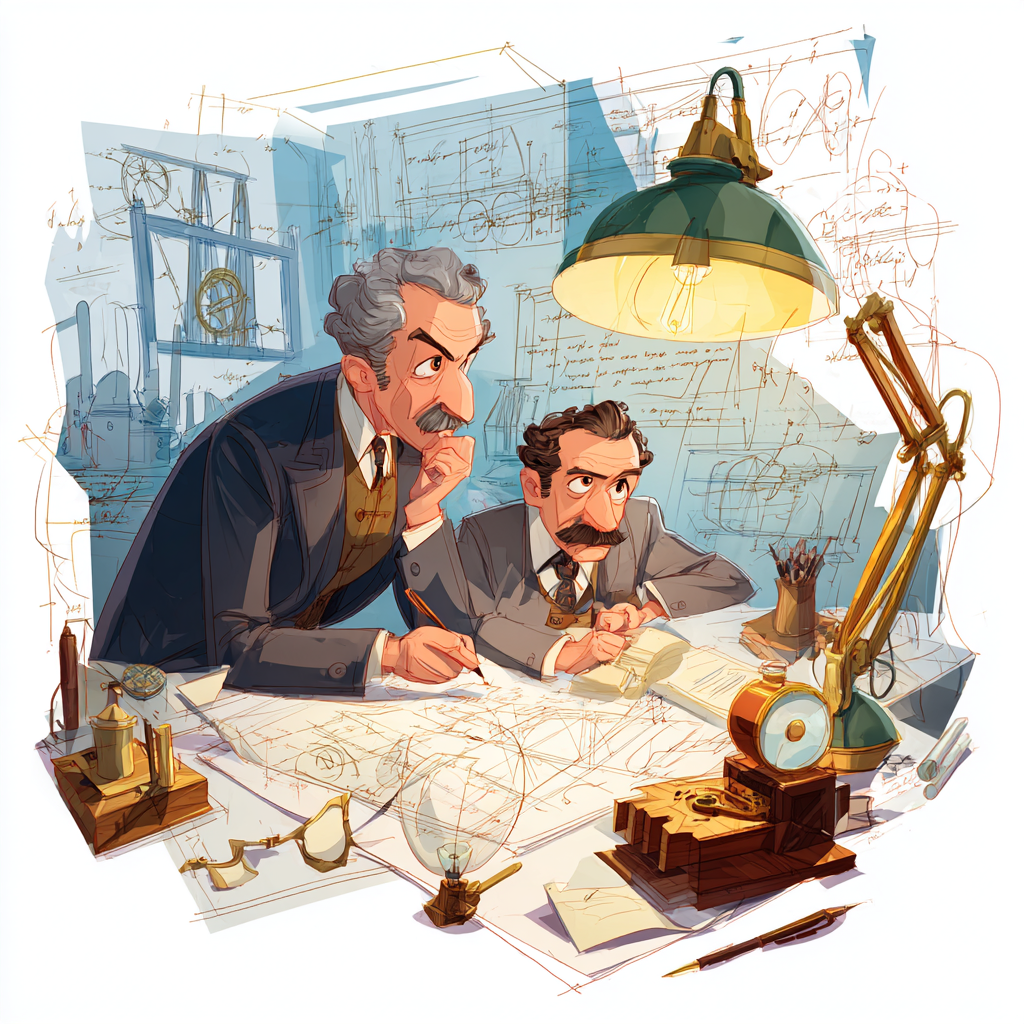From Garage to Global: How Inventors Launch Startups from Their Creations

Every great invention starts somewhere. For many inventors, that “somewhere” is a garage, kitchen table, or crowded corner of a co-working space. But what separates the weekend tinkerers from full-blown startup founders?
The answer isn’t just the idea—it’s the leap from invention to entrepreneurship.
As a patent agent, I’ve had the privilege of watching inventors go from working solo on a prototype to leading companies with global reach. I’ve also seen some struggle with the transition—because having a great invention is not the same as building a business around it.
In this guide, I’ll walk you through how inventors make that leap, what it takes to become a founder, and real-world stories of creators who scaled from concept to company.
Step 1: Realize You’re Not “Just” an Inventor Anymore
The biggest mental shift an inventor must make is this:
“You’re not just solving a problem—you’re building a solution people will pay for.”
Once you cross that line, your responsibilities change. You’re no longer just refining a product—you’re thinking about customers, marketing, distribution, funding, team-building, and IP protection.
Some inventors license their ideas and let others scale them (which we’ve covered elsewhere). But those who want ownership, control, and upside often choose the startup path. It’s harder—but potentially much more rewarding.
Let’s break down what it takes, and learn from those who’ve done it.
Real-World Example #1: Sara Blakely – Spanx
Sara Blakely wasn’t an engineer or product designer—she was a fax machine saleswoman with a problem: no flattering undergarments for white pants.
So she invented one.
She cut the feet off pantyhose to create a smoother look and spent her evenings researching fabrics, testing designs, and cold-calling hosiery mills. Eventually, she launched Spanx, self-funded with just $5,000.
She filed her own provisional patent, created a prototype with a local seamstress, and pitched relentlessly. Oprah picked it as a favorite product—and the rest is history. Today, Spanx is a billion-dollar brand, and Blakely owns the majority of it.
Lesson: You don’t need outside capital or an MBA. You need a problem, a working solution, and the grit to keep going.

Step 2: Protect Your IP Early
Before you start pitching to investors or selling your product, you need to lock in your rights.
That means:
- Filing a provisional patent application
- Protecting any trademarks or brand elements
- Using non-disclosure agreements (NDAs) with contractors or early partners
A startup built on unprotected IP is a house on sand. Investors will ask:
"Do you own the rights to this?" If the answer is “sort of” or “not yet,” your credibility takes a hit.
“Your patent filing isn’t just a shield—it’s an asset,” I tell inventors. “It proves ownership, attracts funding, and increases valuation.”
Even if you plan to pivot or improve your invention later, having early filing dates helps. And if you’re forming a company, make sure all IP is assigned to the entity, not just held in your personal name.
Real-World Example #2: James Dyson – The Cyclonic Vacuum
James Dyson famously built 5,127 prototypes of his vacuum cleaner before launching the first one. Rejected by every major appliance company, he decided to start his own.
Dyson understood both engineering and IP strategy. He filed dozens of patents globally to protect his cyclonic technology. That gave him the leverage to launch a premium brand without fear of copycats.
Today, Dyson Ltd is a privately held company generating billions in annual revenue.
Lesson: Relentless testing + patent protection = long-term advantage. If a big company won’t buy or license your idea, you might just need to beat them at their own game.
Step 3: Build a Prototype That Works (Not Just Impresses)
You don’t need a manufacturing facility to launch a startup—but you do need something functional.
That means:
- A working prototype that shows the core function
- A clear value proposition
- A product that can be scaled with the right resources
Your prototype doesn't have to be polished—but it must be testable, even in small focus groups. The goal is to get feedback, not perfection.
In many industries, this early version is called a Minimum Viable Product (MVP). It’s not the final version—it’s proof that your concept works and that people want it.

Step 4: Form a Company—and Treat It Like One
If your invention has legs, form a legal entity early on—usually an LLC or C-Corporation, depending on your growth plans and funding strategy.
This helps with:
- Liability protection
- Equity ownership for founders and early contributors
- Clean financials for investors
- Holding and assigning the IP to the business
Many inventors delay this step, but it becomes essential as soon as you:
- Accept outside funding
- Sign contracts with manufacturers or distributors
- Hire a team
At this point, you’re a founder—not just an inventor. Embrace the title.
Real-World Example #3: Steve Wozniak & Steve Jobs – Apple
Wozniak invented the first Apple computer in a garage. Jobs had the vision to build a company around it. Together, they founded Apple Computer in 1976, starting with a few dozen hand-assembled boards.
They protected their innovations with patents, formed the right legal structure, and pitched investors like Mike Markkula, who gave them early seed funding.
The startup that began in a Los Altos garage is now worth over $2 trillion.
Lesson: It takes both invention and execution. The best startups combine technical creativity with market insight—and protect both.
Step 5: Get Your First Customers
Whether you're launching a physical product, app, or tool, the first sale is always the hardest—and most rewarding.
Here’s how many inventors-turned-founders get early traction:
- Pre-orders on Kickstarter or IndieGoGo
- Direct sales through a simple e-commerce site
- Partnerships with small retailers or niche communities
- Beta testers who offer testimonials and feedback
Early revenue proves there’s demand. It also helps validate pricing, messaging, and functionality before scaling.
“Investors fund traction, not theory,” I often remind clients. “Every dollar you earn now reduces the dilution later.”
Step 6: Pitch with Purpose
Once you’ve got a protected invention, an MVP, and some early traction, you’re ready to pitch.
Whether it’s angels, seed funds, or accelerators, you’ll need a compelling story. That story should cover:
- The problem
- Your unique solution
- Evidence that it works
- Your go-to-market plan
- The team
- And the ask (how much money you want and how it will be used)
You don’t need perfection—but you need clarity. A great pitch shows that the founder understands both the technical challenge and the business opportunity.
Real-World Example #4: Eric Migicovsky – Pebble Smartwatch
Eric Migicovsky started Pebble in 2012 as a simple smartwatch prototype. He couldn’t get VC funding, so he launched on Kickstarter—and raised over $10 million, breaking crowdfunding records.
He turned that prototype into a full-scale startup, selling over 1 million units and securing retail partnerships. Pebble was later acquired, and Migicovsky went on to launch a fund for other hardware founders.
Lesson: If you can’t get into the front door of VC, build the back door. Customers are often the best first investors.
Step 7: Scale Smart, Not Fast
Once your startup gains traction, resist the urge to scale recklessly. Focus on:
- Reliable supply chains
- User feedback loops
- Customer support
- Protecting and expanding your IP portfolio
This is where many inventor-led startups stumble—they prioritize invention over infrastructure.
As you grow, consider bringing in operations experts, sales leadership, or even a CEO if the business outgrows your personal skill set. There’s no shame in stepping into the Chief Innovation Officer role while others handle scale.
Final Thoughts from a Patent Agent
You don’t need a massive team, deep pockets, or Silicon Valley connections to launch a global business from your invention. What you do need is:
- A clear, real-world problem
- A protected invention that solves it
- A functional prototype
- A basic business structure
- The resilience to pitch, test, fail, and try again
“Invention is the spark. Execution is the engine. IP is the fuel,” I often say to clients.
If you’ve got something great in your garage, don’t wait for someone to discover it. Treat it like the foundation of a company. You might just go global.
I’m a registered U.S. Patent Agent with experience helping inventors protect their ideas, launch startups, and navigate the early stages of growth. Whether you’re building your first prototype or raising your first round, I’m here to help you protect and scale what you’ve built.